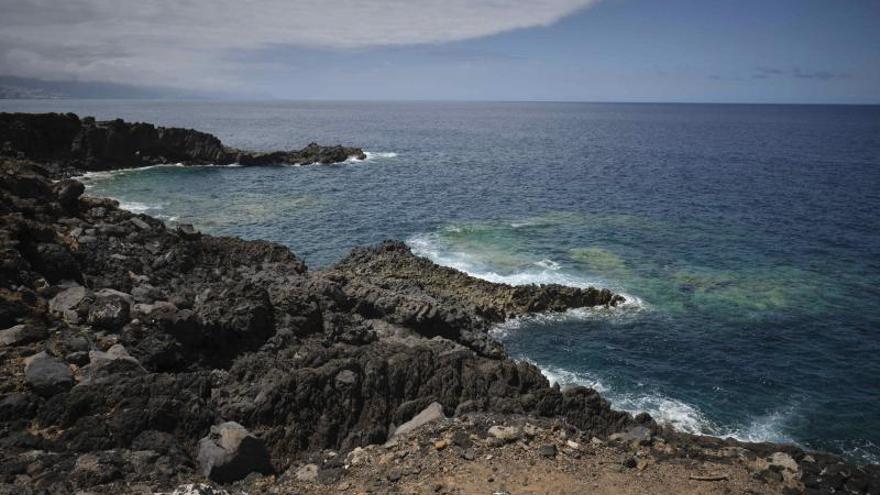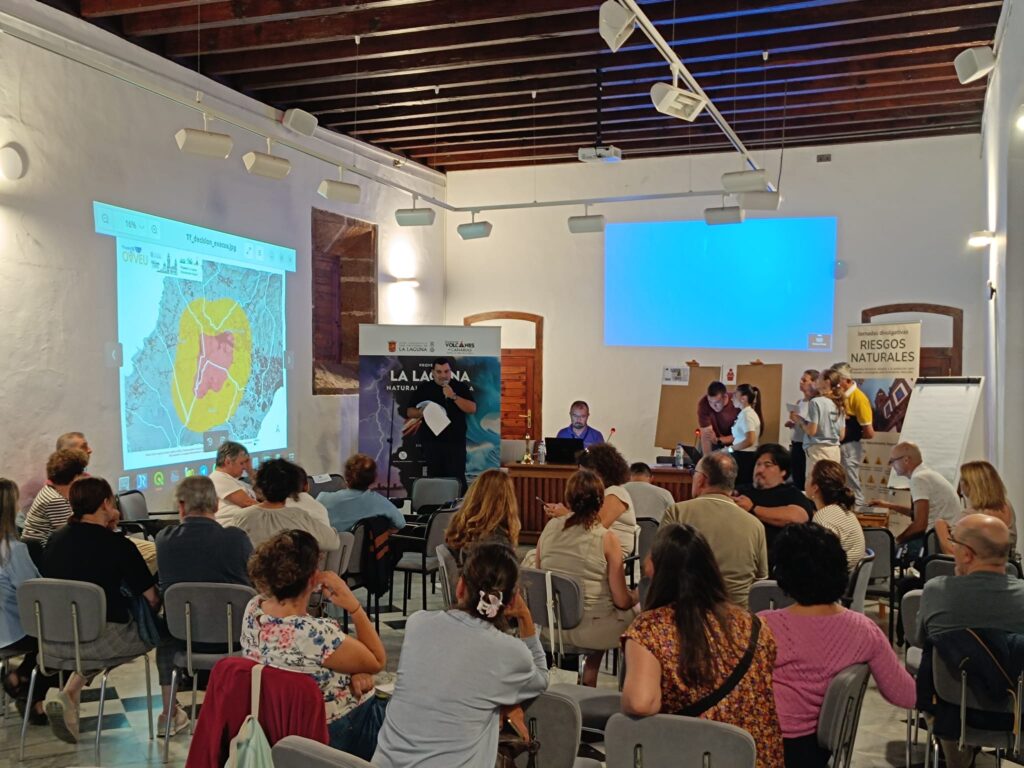
The municipality of El Sauzal can boast of a unique coastline in the Canary Islands, with one of the highest concentrations of spaces enabled for bathing among rocks that until just 15 years ago were plagued with huts and illegal dumping. The coastline of Rojas, El Puertito and El Cangrejillo has traveled the opposite way to the coasts of half the world and has managed to go from uncontrolled overcrowding to public use without great actions. An example of recovery and respect for the environment in the Protected Landscape of the Acentejo Coast.
The difficult and unpopular challenge of eliminating 418 huts and private buildings that occupied the coast began in 2006 and it was not until 2011 that the actions that erased the worst traces of human occupation in this point of the northern coast were concluded. The mayor of El Sauzal, Mariano Pérez (CC), values the model chosen for the coast of his municipality and he emphasizes that his intention is to keep the area “practically virgin”. The City Council does not propose major actions and, while it awaits the development of the Special Plan for the Protected Landscape of the Acentejo Coast, it only proposes to improve the security of the narrow and winding access road, expand the limited parking spaces, improve accessibility and put some basic services such as a bar, some toilets and a small campsite or camping area are underway.
It would not even be necessary to build the bar, since the municipal architect took advantage of the old work shed and enabled it as a warehouse and toilets (currently closed), “and it could become the future bar in the area,” according to the mayor.
“What worries us the most is the access road, as it is very narrow and dangerous. Our intention is to propose the purchase of some more land to create new sidings to avoid the problems that occur when two or more vehicles cross, ”explains Mariano Pérez. The Consistory has ruled out the installation of a traffic light that regulates the descent and ascent of vehicles, but does not waive that at some point a plot can be acquired in the upper part to enable another parking lot and a public transport service to access the coast .
The area currently has just 50 parking spaces. The mayor estimates that with between 100 and 150 places enabled in annexed land “the area would be well endowed.” Nowadays, especially in the summer months and on weekends, it is common for places to fill up quickly and drivers have to wait a long time until someone leaves a free space. This lack of parking also generates a greater volume of traffic through the only access road.
Three waiting commands
Mariano Pérez emphasizes that El Sauzal does not want to carry out new constructions or important infrastructures on the coast: «We are satisfied with minimal improvements and interventions that, unfortunately, have been waiting for more than three terms for the Cabildo of Tenerife specify the drafting and approval of the Special Plan for the Acentejo Coast. We are aware that it is a complicated document, since you must order the coast of Tacoronte, El Sauzal, La Matanza, La Victoria, Santa Úrsula and part of La Orotava. And it is not easy to please everyone.
«They tell us that the document will be out shortly, but we have already been waiting for many years and the truth is that it does not finish coming out. Without that plan we are tied hand and foot. We are still waiting to be able to carry out soft actions such as those envisaged in the Canary Islands Government, with a budget of about 100,000 euros, which would be used to put some more showers or improve accessibility “, he specifies. In the controversial Charcos de Marea Master Plan, which has an example to follow in El Sauzal, this enclave would receive an extra € 241,000 to improve existing infrastructures.
The small campsite or camping area is the main pending project for this area of the North coast. Gone are ideas such as installing a small rack railway or guided transport to get the bathers off and on taking advantage of the current road layout. “A dream”, in the words of Mariano Pérez.
More than 6 million euros
The General Directorate of Coasts of Ministry of the Environment, with the collaboration of the Government of the Canary Islands, demolished between October 2006 and March 2009 a total of 418 illegal buildings that occupied thousands of square meters of the coastline between Rojas and El Puertito. Little by little, a 1.5-kilometer pedestrian promenade was taking shape that now allows access to more than a dozen spaces to enjoy the sea, between puddles and inlets. Almost seven million euros were invested.
At the beginning, the creation, in a second phase of the improvement of the coast, of artificial pools on land, a recreational area in the style of those existing on the El Hierro coast, a sports area and a museum of the sea was considered. Those ideas, valued at an additional six million euros, were finally discarded. The Sauzalero City Council and Costas opted for the execution of small actions that facilitate the enjoyment of the coast, such as small solarium areas and accesses for bathing places, with stairs or railings that improve the safety of users. There are also some removable picnic areas.
For the mayor of El Sauzal the action carried out on the coast of the town is an example to follow, since despite the initial reluctance, it ended up having the majority support of the residents, the consensus of all municipal political groups and the collaboration of all levels of public administration.
‘Lotus maculatus’
The tip of El Puertito, which was home to numerous huts, is an area that has practically not been intervened because it is home to the last known population of an endemic plant of Tenerife: the Lotus maculatus or peak of El Sauzal. The species also existed in the Roque de Tierra in Anaga, but it has not been detected there since 2004. The Canary Islands Government, in its Recovery Plan for the picopaloma, Lotus berthelotii, and El Sauzal peak, Lotus maculatus, acknowledges that “the situation of this species is alarming, since the only existing population has barely thirty specimens that are subjected to strong anthropic pressure due to the accessibility of their habitat.”
This regional plan foresees the introduction of plants of this species, declared in danger of extinction, in places with characteristics similar to the tip of El Puertito, such as the Roque de La Playa, the tip of La Rapadura and the Barranco Hondo point, in Santa Úrsula. , and the Punta del Fraile, in La Orotava. «All of them to the west of the current location of the Sauzal peak and included within the maritime-terrestrial public domain within the Costa de Acentejo Protected Landscape. To the east, already in Tacoronte, there could be suitable places on the coastal projections near Mesa del Mar, where the accessibility and conservation status of the habitat would have to be assessed. Some points on the cliffs of La Garañona could also be studied, although the orientation of the area and the hours of shade on the cliff may constitute a limiting factor for the development of plants. In Anaga, in addition to the reintroduction of the species in the Roque de Tierra, suitable areas exposed to the sun must be located, between the tip of Los Roques and Roque Bermejo “, states the document.















